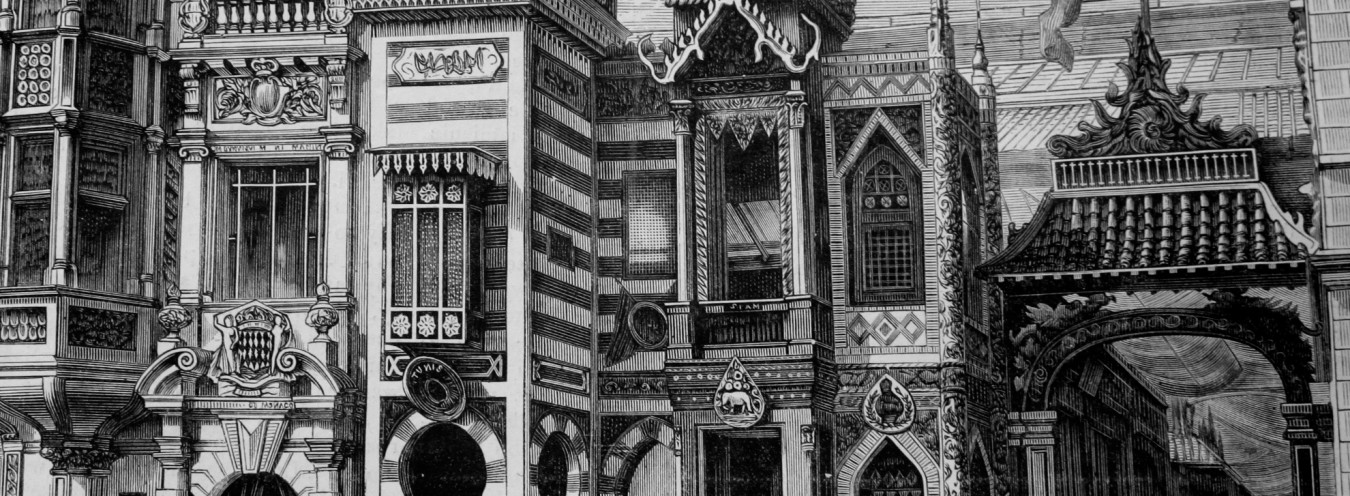
Baedeker
[W]hen he began to examine the plan of Paris more closely, he noticed something that not only native Parisians had failed to perceive (which was less strange), but even K. Baedeker, who claimed the right to know his way about the whole of Europe. (364)
Baedeker is the name of a travel guide derived from the name of the German publisher Karl Baedeker, who began to publish a series of books for tourists in the late 1820s. Translated into a number of languages, these handy pocket-sized guides with a characteristic red binding mapped out routes of tours and travels, contained historical and geographical information, maps, and gave recommendations; the number of awarded stars indicated the attractiveness of a given place. They also held practical information regarding the means of transport, hotels, restaurants, prices of services, and tickets to theatres and museums. Conscientiously prepared, the Baedeker guides contained up-to-date and precise information and became an icon of fine, reliable touristic literature. In Paris, apart from doing business with Suzin, Wokulski devotes his leisure time to perfectly disorganised visits to the city, at random choosing places from the Baedeker alphabetical index. In the evenings, he would study the map of Paris and cross out places he had visited.
The first guide to Warsaw, Gościniec albo krótkie opisanie Warszawy (The Road, or a Brief Depiction of Warsaw, 1643), was a poem written by composer and musician Adam Jastrzębski. It was followed by Natan and Jan Glücksberg’s Przewodnik Warszawski (The Warsaw Guide, 1826), which listed names of officials and other influential citizens: Bankers, Merchants, Factory Owners, Artisans, all the people whose addresses might be needed by the public. The guide also contained an index of hotels and inns, a map of Warsaw, and a current calendar. Among later guides, bulky Przewodnik po Warszawie (Guide to Warsaw, 1873) by F. M. Sobieszczański and Wacław Szymanowski is worth special mention. The significant role played by travel guides is exemplified by Ilustrowany przewodnik do Tatr, Pienin i Szczawnic (Illustrated Guide to the Tatra, the Pieniny and Szczawnica) authored by Walery Eljasz Radzikowski. Published in 1870, it greatly contributed to the rise in popularity of the Tatra Mountains resort – Zakopane, and as a result made it difficult to book a room in this town
Bibliografia
- A. Mączak, Peregrynacje, wojaże, turystyka, Warsaw 2001.
- Podróż i literatura 1864-1914, ed. E. Ihnatowicz, Warsaw 2008.



